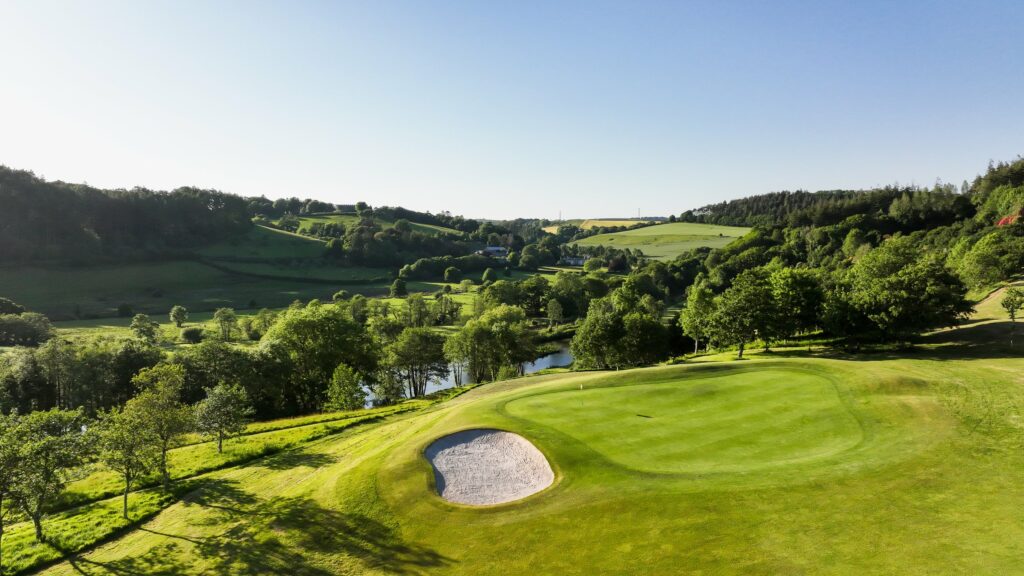Kay Griffiths, Director, Leisure & Trade at Savills, and Marylis Ramos, Director of Savills Earth Advisory, discuss the ways golf operators can and are incorporating sustainability practices into their operations to ensure their long-term viability
Last year, we saw a significant increase in the number of golf rounds played, with BRS Golf and GolfNow recording 25.6 million across 1,500 clubs, a 90% rise from pre-Covid levels. Amidst golf’s continued popularity, there is increasing pressure and a growing need for golf operators to incorporate sustainability practices into their operations to ensure long-term viability. So, how can the golf industry support the sustainability agenda?
Water management
It’s no secret that climate change is resulting in extreme weather patterns globally. According to the United Nations, climate change is primarily a water crisis evident in worsening floods, rising sea levels, shrinking ice fields, wildfires and an increased number of droughts.
These extreme weather events jeopardise sustainable development and biodiversity. Given these climatic changes, the golf sector is assessing how to better understand its environmental impact and make changes to positively benefit society and the environment alike.

According to The R&A Golf Course 2030 Water report, golf courses have become increasingly reliant on artificial irrigation for the past 40-50 years to maintain and improve turfgrass quality, which can result in depleting water resources. Sustainable water management can mitigate these effects and build resilience in societies and ecosystems.
To implement a more sustainable practice of utilising water at golf clubs, R&A Golf Course 2030 Water recommends the implementation of a site water action and management plan to monitor current water usage and pinpoint the areas that will benefit from improved usage through the use of methods such as drainage, irrigation and rainwater harvesting.
For instance, Celtic Manor Resort used 42% less water between 2017 and 2022 by building a sustainable closed-loop irrigation system comprising five lakes and reservoir, which means they only use water from this system and none from the mains. They also monitor usage and leakages, recycle their water and offer reusable water bottles to players.

Biodiversity, flora and fauna
Landscaping golf courses often comes with the use of chemical fertilisers and land clearing, which can result in soil erosion, water pollution, and loss of species, directly impacting biodiversity. This is where the BNG mandate plays a big part in ensuring that golf clubs improve the land that it occupies.
Best practice
The golf sector is presented with opportunities and challenges regarding environmental impact and land use. To align with the UK’s net zero goals, golf courses must enhance biodiversity and improve water management.

